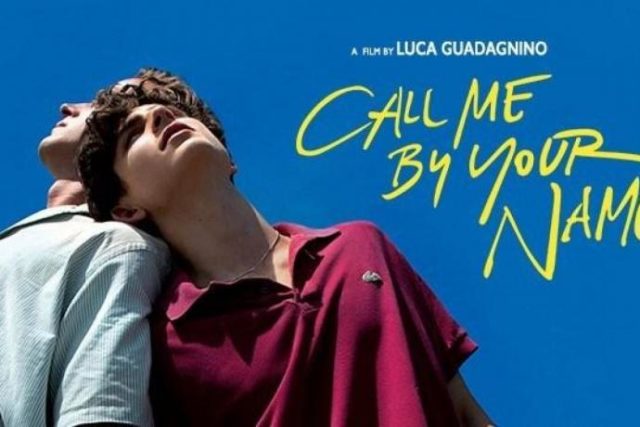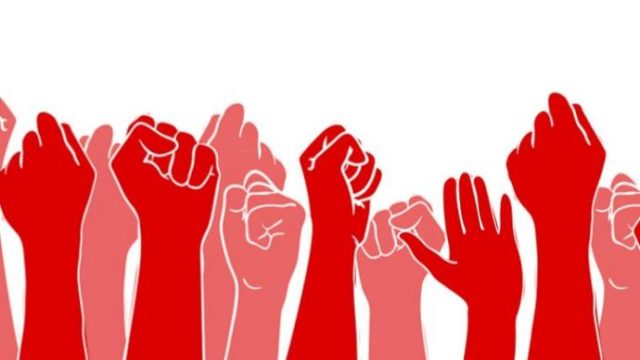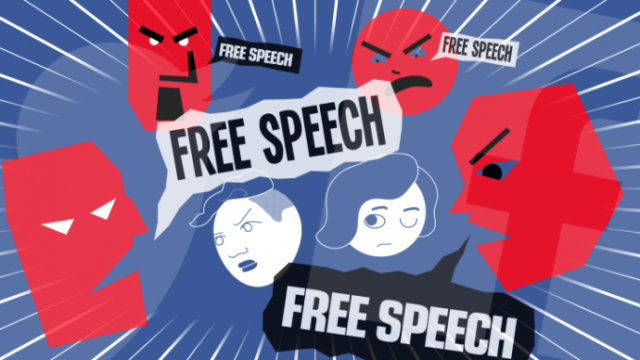iPaulina

LGBT Literature and Film in Western Media
from Barnes’ Nightwood to Call Me By Your NameJames Baldwin published Giovanni’s Room in 1956. It invites us into Paris of the 1950s, with its seductive, grandiose opening: "I stand at the window of this great house in the south of France as night falls, the night which is leading me to the most terrible morning of my life.” It's dramatic, contrived. The curtain has risen, careful elegance is donned. The audience looks on, entranced.
Nightwood was published two decades previously, in 1936, by a woman named Djuna Barnes. In contrast to Giovanni’s room, it is a Byzantine tangle of lives in a Paris thirty years younger. Barnes follows an intricate path and doesn’t care if she leaves her readers behind. There are pages-long monologues filled with esoteric references and proper nouns the reader would only have a hope of recognising if they were, perhaps, a late 19th century aristocrat with a detailed knowledge of Judeo-Christian symbolism.
Both books also centre on gay relationships. Published in the thirties and fifties, well before homosexuality was an accepted art topic, much less lifestyle, both books have played a historic role in the LGBT movement. However, they deserve recognition as works of art in themselves. To do otherwise is a regressive step: it carries with it the implication that LGBT fiction is only worthy by its qualifier LGBT, that the fiction itself cannot stand on its own legs next to the heteronormative classics that we all know and love. We are effectively disempowering the writers of those books by denying them examination based on their literary value.
Today, a large part of LGBT fiction exists as an Internet-based subgroup, entirely self-sufficient and distributed freely for people who know which links to click and who to follow on AO3. The barrier separating this subgroup from mainstream fiction is largely impermeable, and the segregation of literature into LGBT and non-LGBT on bookshop shelves doesn’t help matters. In the publishing industry, LGBT books tend to be marketed for LGBT communities, as if no straight person would want to read a novel with a central LGBT relationship. It’s a similar problem with Young Adult: books marketed to specific audiences, ie young adults, are lumped together on some Waterstones corner isle despite huge variation within the genre. It’s mildly annoying when it comes to YA – it’s positively damaging with LGBT fiction.
Because it’s a self-fulfilling prophecy, really. It would take more than a little curiosity for the average straight person, growing up in the average mum-dad-dog household, with limited exposure to positive LGBT portrayals, to willingly pick up a book from the LGBT section. It’s a fact of human psychology that we don’t like what we don’t know. It takes direct intervention, it takes numerous positive portrayals in the media, it takes mum-dad-dog teaching their child that all love is love. It takes a desegregated Waterstones bookshelf.
Admittedly, great strides have already been taken. The commercial success of Call Me By Your Name, no doubt boosted by Timothee’s good looks, curly hair, and patrician bone structure, is just one example. Love, Simon, adapted from Becky Albertalli’s Simon vs the Homo Sapiens Agenda, is also a hugely successful film adaptation, featuring a closeted teenager, a bit of blackmail and a feel-good ending.
These are just some of the big-name commercial successes that are contributing to an integration of LGBT with mainstream. There are countless little-known indie productions and unread books which have not collected a line of accolades. It is certainly gratifying that books like Giovanni’s Room and Nightwood have gained cult followings, despite the initial backlash when they were published – but we must be careful of examining those books through the important but, ultimately too-narrow lens of social impact.
Yana VII

A second man cured of HIV?

Rocking the boat

Real Tennis Revealed

Happy Birthday SPGS!

Where’s the Line Between Hate and Freedom of Speech?

But like why do you want to apply anyway?

Megxit is the Start of the End of the Monarchy
